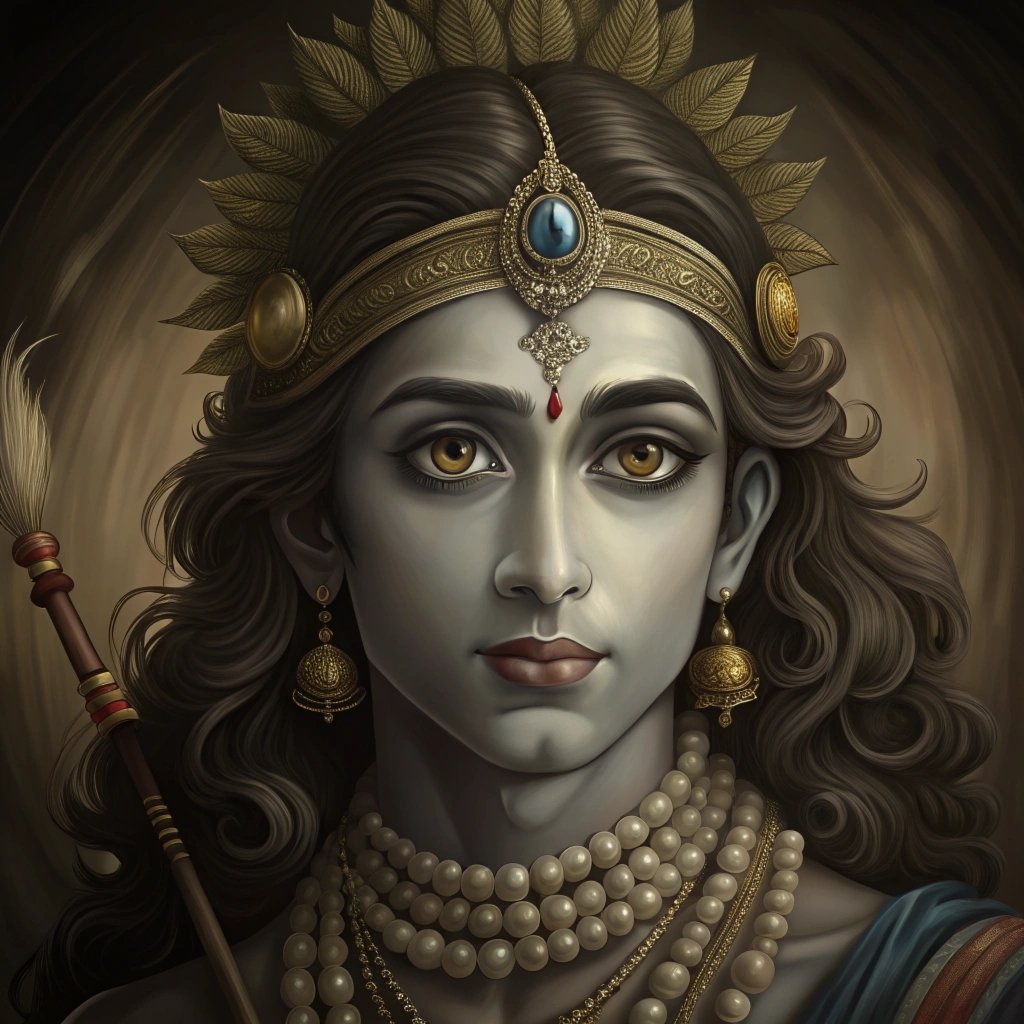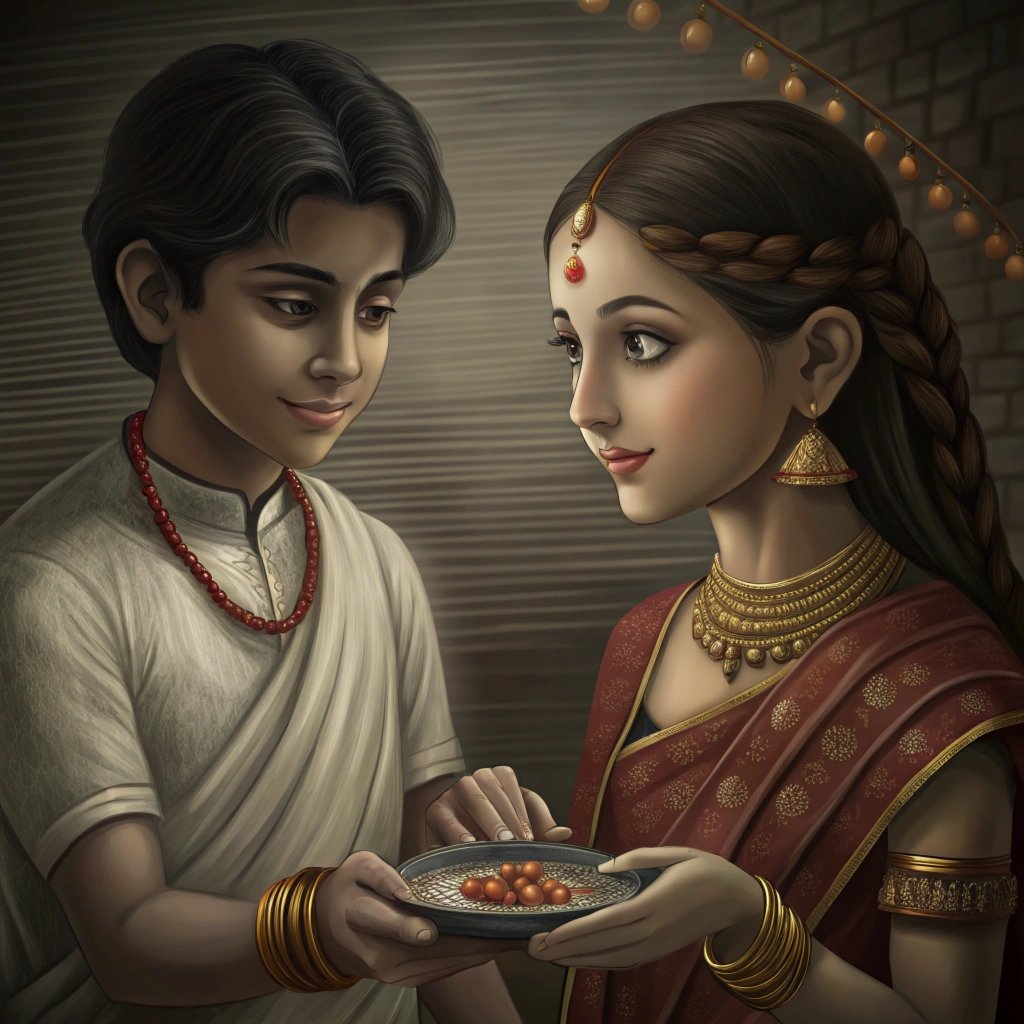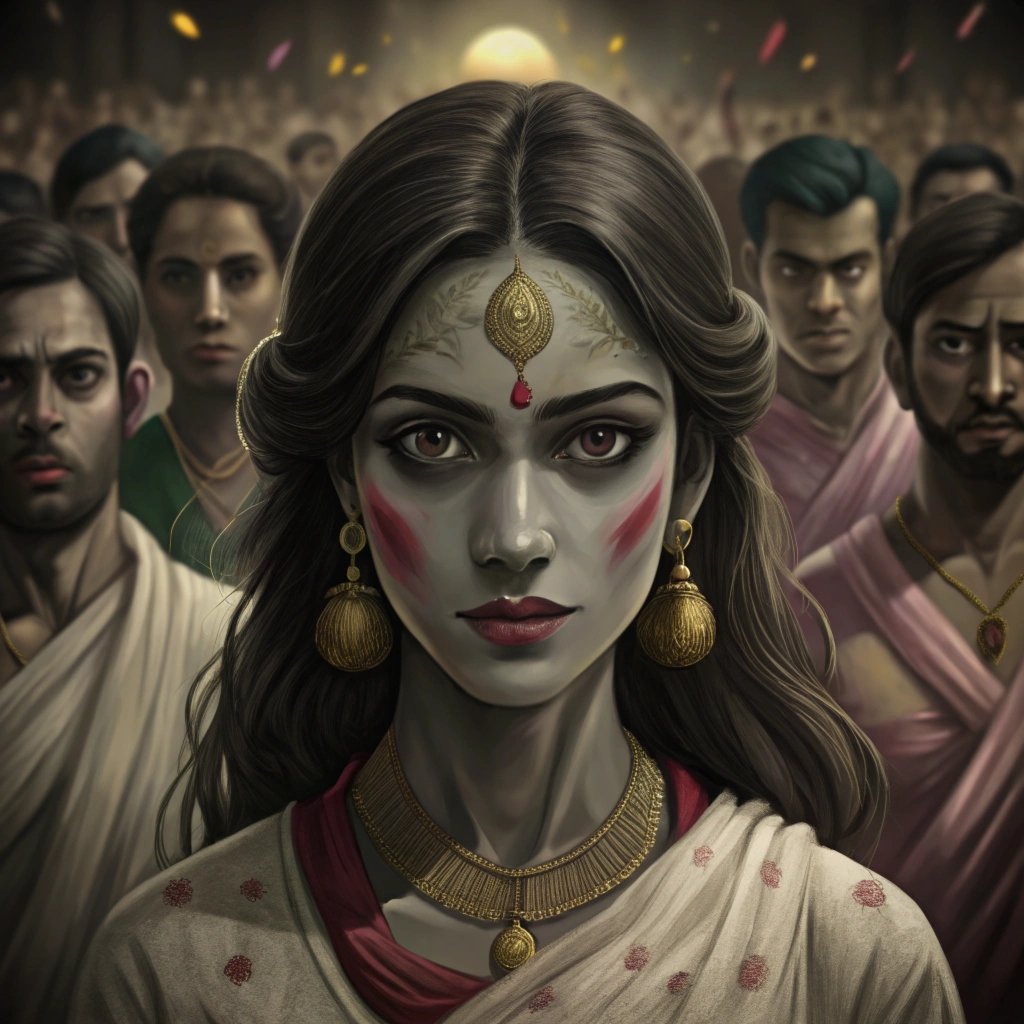Heartbreak is a universally recognized emotional experience that transcends cultural and linguistic boundaries. The feeling of a broken heart, with its attendant sorrow and anguish, is something that nearly everyone can relate to. Each language, however, has its distinct manner of articulating these intense emotions, and Urdu is no exception. Renowned for its rich poetic tradition, Urdu offers a deeply moving and expressive medium for conveying the multifaceted dimensions of heartache. The inherent melodiousness of the language, combined with its long-standing cultural heritage, renders it particularly effective in capturing the essence of love and loss.
In Urdu literature and culture, heartbreak is often articulated through beautiful and poignant poetry known as shayari. Shayari serves not just as a form of artistic expression but also as a way of processing and communicating complex emotional states. This genre has long been appreciated for its ability to encapsulate the subtleties of human emotion, particularly those of romantic sorrow and grief. Through metaphor, allegory, and an exquisite use of language, Urdu poetry vividly portrays the intricate and often tumultuous journey of a broken heart.
The cultural significance of shayari in expressing heartbreak cannot be overstated. Urdu poets have, over centuries, created a vast repertoire of verses that eloquently depict the pain of unrequited love and the melancholy of lost relationships. These compositions serve as a therapeutic outlet for both the writers and their audience, offering solace and a sense of shared understanding. Whether recited at literary gatherings or shared as a WhatsApp status, these poetic expressions provide an avenue for individuals to connect with their own emotions and with others experiencing similar feelings.
The Beauty of Shayari: Urdu Poetry for Broken Hearts
Urdu shayari, a revered form of poetry originating from South Asia, has long been a revered medium for expressing emotions, particularly the sorrow and grief of a broken heart. Shayari’s significance can be traced back to its historical roots in Mughal India, where it evolved as an artistic expression of love, pain, and longing. Throughout the centuries, this poetic tradition has not just survived but thrived, becoming an integral part of South Asian culture and identity.
Notable poets such as Mirza Ghalib and Faiz Ahmed Faiz have left an indelible mark on Urdu shayari, embedding the essence of heartache and loss into their verses. Ghalib’s poetry often reflects his personal struggles and profound sense of melancholy, making his work relatable to anyone experiencing heartbreak. Similarly, Faiz Ahmed Faiz’s poignant verses delve deep into the human condition, exploring the complexities of love and separation. Their contributions have immortalized the theme of heartbreak in Urdu literature, providing solace and resonance to countless readers.
Critical to the effectiveness of shayari in conveying deep emotional experiences are its key elements, including the use of rich metaphors and vivid imagery. These elements enable poets to paint a canvas of emotions, allowing readers to visualize and feel the depth of the poet’s experiences. For instance, a single couplet (sher) in shayari can often encapsulate an entire emotional narrative, making it a powerful tool for expression. Such is the beauty of shayari that it transcends linguistic barriers, evoking empathy and understanding universally.
In contemporary times, the appeal of Urdu shayari remains undiminished. Its lyrical quality and emotional depth continue to resonate, especially in mediums like WhatsApp statuses, where individuals seek to encapsulate and share their feelings succinctly. Whether it’s the agony of separation or the bittersweet nostalgia of past love, Urdu shayari offers a timeless and graceful way to articulate one’s innermost sentiments.
Expressing the feelings of a broken heart can often transcend words, yet the rich tapestry of Urdu literature provides a plethora of poignant expressions. In this curated collection, we present a series of WhatsApp statuses in Urdu that intricately reflect the profound sentiments associated with heartbreak. Whether you’re looking to convey sorrow, despair, or a sense of longing, this assortment offers a meaningful way to articulate your emotions.
Famous Couplets (Sher)
1. “دل ہی تو ہے نہ سنگ و خشت، درد سے بھر نہ آئے کیوں” – This couplet by Mirza Ghalib translates to “It’s just a heart, not a stone or brick, why wouldn’t it be filled with pain?” It captures the vulnerability of the heart in a beautifully lyrical manner.
2. “ملے بھی اگر ہم تو حیات گزرتی نہیں ہے” – A nostalgic line expressing that even if we meet, life just refuses to move on. This poignant saying ominously showcases the stagnation brought by heartache.
Popular Sayings
3. “جانے والوں کی یادیں دل میں رہ جاتی ہیں” – This status translates to “The memories of those who leave remain in the heart.” It is a succinctly captured truth about dealing with the aftermath of separation.
4. “آنسو چھپانا بھی آسان نہیں ہے” – Meaning “Hiding tears is not easy,” this saying poignantly portrays the internal struggle of maintaining composure amidst heartbreak.
Original Compositions
5. “میری خاموشی کو اب صداؤں کی صورت نہ دو” – This original line, “Do not give voice to my silence now,” serves as a profound, yet subtle plea for peace in the depth of one’s sorrow.
6. “دل کے ٹوٹنے کی آواز خاموش رہتی ہے” – Translating to “The sound of a heart breaking remains silent,” this status eloquently underscores the often unnoticed pain of a fractured heart.
Each of these statuses provides a unique way to convey the depth of your feelings. Whether derived from revered poets, cultural sayings, or original thoughts, these words serve as a comforting solace to those enduring the difficult journey of heartbreak.
How to Choose and Use the Right WhatsApp Status for Your Situation
Choosing the right WhatsApp status during times of emotional distress can be a delicate task. When selecting a status, it’s essential to ensure that it accurately reflects your emotional state while maintaining a level of dignity and grace. The beauty of the Urdu language lies in its ability to convey profound emotions with poetic finesse, making it a perfect medium for expressing a broken heart.
One practical approach is to choose a status that resonates with your current feelings. Reflect on whether you are experiencing sadness, longing, or a more complex blend of emotions. Consider selecting quotes from renowned Urdu poets or simple yet evocative lines that reflect your state of mind. By doing so, you can communicate your emotional depth to your contacts effectively, allowing them to understand your situation better.
Psychologically, expressing your emotions openly can have several benefits. It creates an outlet for pent-up feelings, reducing the burden on your mind. Moreover, sharing your thoughts can provide a sense of relief, knowing that others might resonate with or offer support during your time of need. In this context, social media platforms like WhatsApp can be a source of communal support, enabling connections with individuals who might be going through similar experiences.
However, it’s important to strike a balance between vulnerability and privacy. While it’s therapeutic to share your feelings, be mindful of over-sharing. Opt for status updates that are poignant yet subtle, ensuring they convey your emotions without revealing every detail of your personal struggle.
In conclusion, the right WhatsApp status can be a powerful tool for navigating the complexities of heartbreak. By carefully choosing and crafting your status, you can find solace in the beauty of Urdu literature while communicating your feelings with grace. Use this platform not only to express your sorrow but to find comfort and support during these emotionally challenging times.






